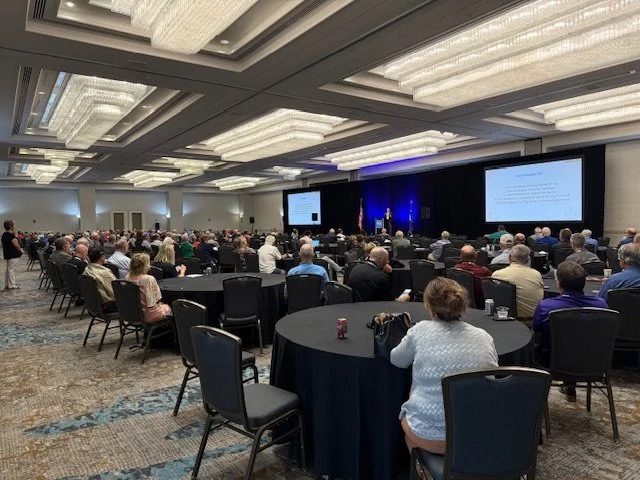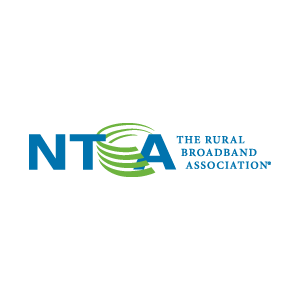
Latest News
NTCA Summer Symposium
Scenario planning helps boards anticipate change, navigate uncertainty, and make more resilient, forward-looking decisions. Had the pleasure of leading a session on Scenario Planning: Leading Through Uncertainty at the NTCA Summer Symposium! Grateful for the opportunity to engage with leaders focused on navigating change and building resilient strategies for the future
Weathering the What-Ifs: Scenario Planning for Resilience
Most of us like to believe we know where we’re headed. Nonprofits, in particular, are mission-driven, focused, and goal-oriented. But let’s be honest: we don’t have a crystal ball. The world is unpredictable—funding can shift, policies can change, and crises can turn plans upside down overnight.
Enter: scenario planning.
While often associated with strategic planning, scenario planning is also a powerful standalone tool that nonprofits can use to navigate uncertainty, test assumptions, and make more resilient decisions.
Let’s explore what scenario planning is, why it’s useful, and how your nonprofit can start using it today.
What Is Scenario Planning?
Scenario planning is a method of imagining different versions of the future so your organization can prepare—not predict, but prepare.
It’s not about guessing exactly what’s going to happen. It’s about exploring what could happen—and thinking through how your organization might respond if it does.
This isn’t science fiction or wild speculation. Scenario planning is structured, strategic, and practical. It gives you a way to explore uncertainties and build contingency plans, so you’re not caught off guard.
Why Use Scenario Planning?
Many nonprofits think of scenario planning as a subset of strategic planning, and yes—it’s often included in that context. But you don’t need a multi-year strategic plan to benefit from it. In fact, scenario planning is often most helpful while implementing your strategic plan or during times of rapid change, when long-term planning feels impossible.
Here are a few reasons to use scenario planning as a standalone:
You’re facing major uncertainty: Economic downturns, elections, climate events, or funding disruptions can all create conditions where scenario planning becomes essential.
An unexpected opportunity arises: Should you expand services? Hire more staff? Launch a capital campaign? Scenario planning can help you assess the risks and implications.
You want to build organizational resilience: Thinking through different futures helps teams stay nimble and less reactive.
What Scenario Planning Looks Like in Practice
An external facilitator can be an important partner who creates a structured process that allows you and your team to fully participate in imagining and creating the plans that will guide the future of your organization. For me, a few critical steps include:
Step 1: Identify Your Driving Forces
What are the major uncertainties or trends that could affect your work? Examples might include:
Funding levels
Program enrollment
Staffing availability
Step 2: Create a Few Key Scenarios
Pick 2–3 distinct, plausible futures.
Step 3: Explore Impacts and Responses
For each scenario, ask:
What would we need to stop, start, or adjust?
What programs or services are most at risk?
How would we communicate with stakeholders?
What’s our financial contingency plan?
Step 4: Identify Common Threads
Are there actions that show up in all or most scenarios? Those are your high-leverage moves—things you can start doing now to prepare, regardless of which future unfolds.
Scenario Planning ≠ Worst-Case Planning
A common misunderstanding is that scenario planning is just “worst-case planning.” But it’s more balanced than that. You’ll explore a range of futures—optimistic, pessimistic, and somewhere in between.
The point isn’t to be gloomy. It’s to be ready.
Benefits Beyond the Plan
Even if none of your scenarios happen exactly as you imagined (and they probably won’t), the process still has big benefits:
Improves decision-making by encouraging big-picture thinking
Builds team alignment around possible risks and opportunities
Boosts resilience by creating a culture of adaptability
Reduces panic because you’ve already talked through "what if" situations
Plus, you’ll walk away with a playbook—not just for reacting, but for responding intentionally when change comes.
Planning in the Real World
When the path ahead is foggy, shifting, or completely unknown, scenario planning becomes your flashlight.
It helps you stay alert, responsive, and aligned—even in unpredictable conditions.
So don’t wait for the perfect moment or a formal planning cycle. Use scenario planning anytime your nonprofit needs to pause, think, and prepare for what might come next.
Because in today’s world, readiness is a critical companion to vision.
If you would like to discuss scenario planning for your organization, please reach out to us using the button below.



